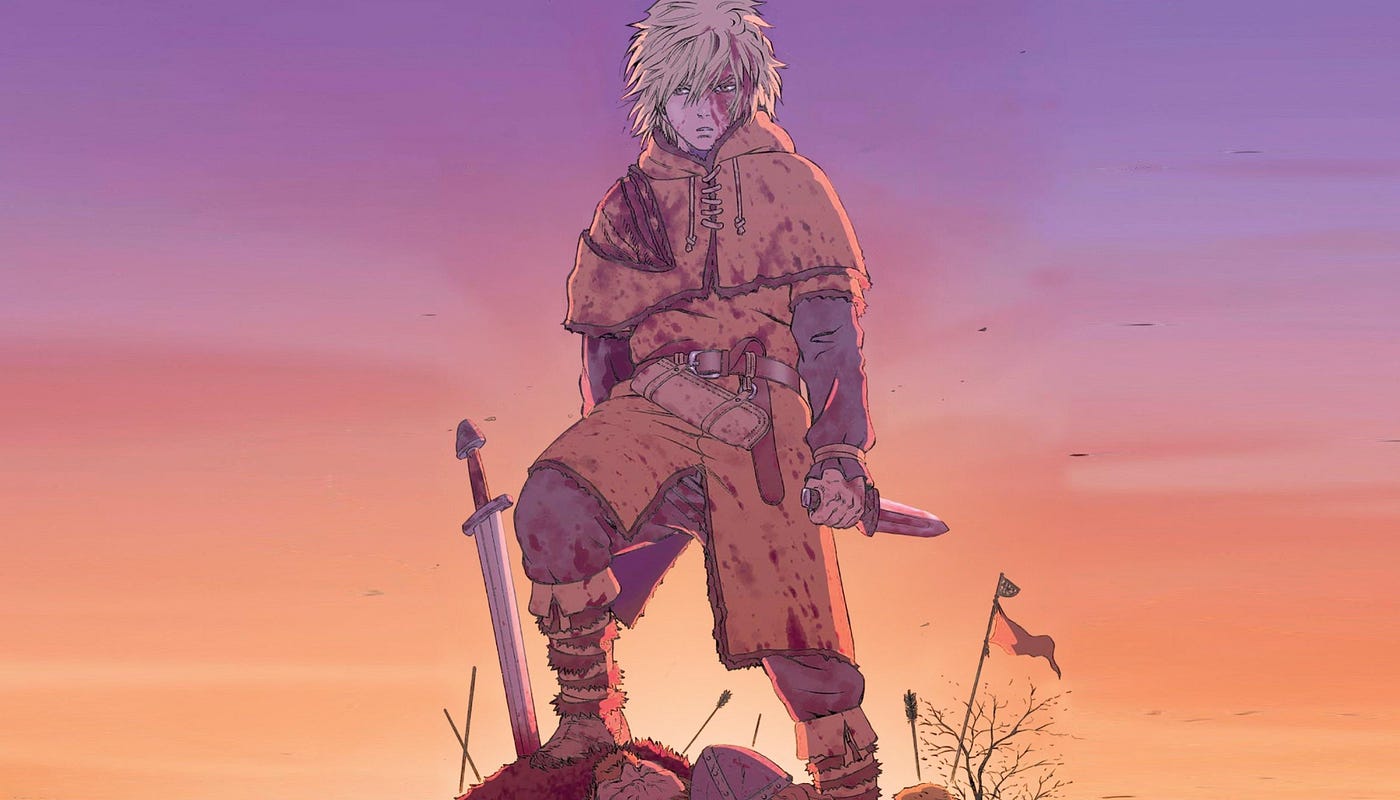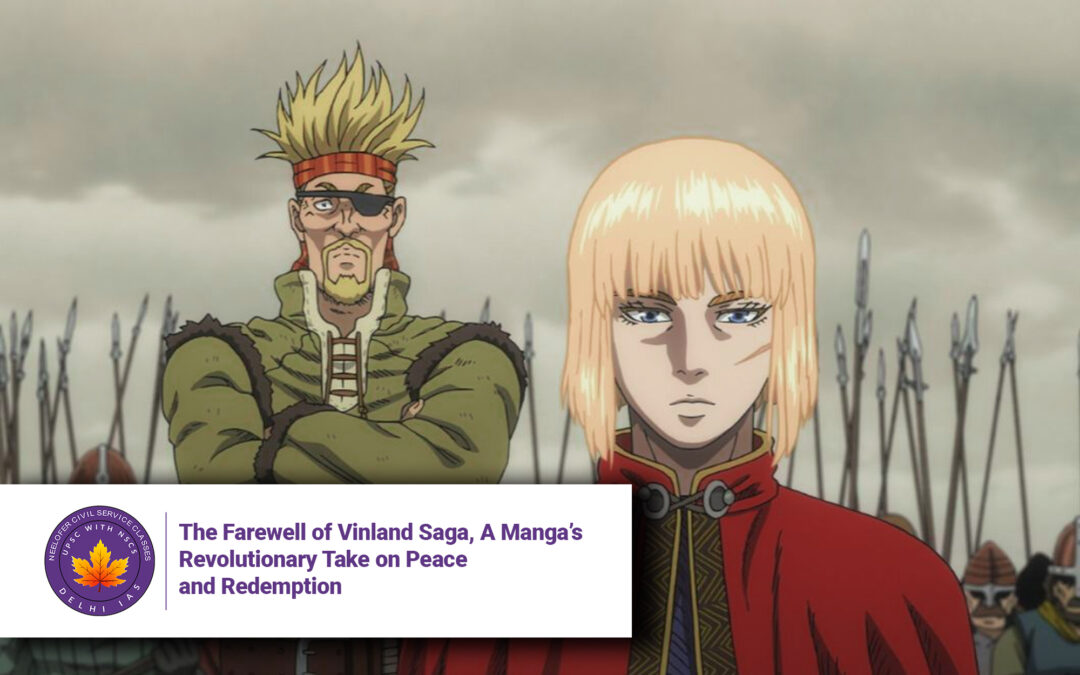The Farewell of Vinland Saga, A Manga’s Revolutionary Take on Peace and Redemption
Why in News?
Japanese manga author Makoto Yukimura’s landmark historical manga Vinland Saga has reached its monumental 220th and final chapter after more than two decades of serialization. With over seven million copies sold, the manga’s conclusion marks not just the end of a fan-favorite epic but also a cultural moment celebrating pacifism, personal redemption, and a meditative approach to storytelling in an industry often dominated by violence. 
Introduction
Vinland Saga began as a tale of Viking conquest and vengeance, but over time, transformed into a moving meditation on nonviolence, remorse, and forgiveness. Inspired by the historical Viking explorer Thorfinn Karlsefni, the story charts his journey from a revenge-obsessed youth to a man searching for peace in a utopian land free of hatred—Vinland.
Key Themes and Societal Significance
1. From Vengeance to Peace: A Radical Arc
Initially full of bloodshed and revenge, Vinland Saga defied genre expectations. Yukimura chose to reframe Thorfinn’s path away from retribution towards an ethical transformation, seeking a world where “no one owns another, and no one draws a sword.”
2. Literary and Cinematic Influences
Yukimura wove a tapestry of influences including Fist of the North Star, Kurosawa films, Terrence Malick, Stoicism, postcolonial theory, and even Christian and Buddhist philosophy, giving the manga depth far beyond traditional shounen narratives.
3. A Blueprint for a Gentler Life
The manga suggests that true strength lies not in domination but in self-restraint. Yukimura’s hero rejects violence even when it’s politically or personally tempting. He suggests “having no enemies” as a transformative ideal.
4. Cultural Impact on Modern Readership
In an age of online toxicity and “manospheric” masculinity, Vinland Saga cultivated a loyal fanbase seeking soul-searching narratives. Its slow pace, moral weight, and emotional storytelling made it a cult favorite, encouraging young men to explore accountability, nonviolence, and empathy.
5. A Final Chapter, a Global Farewell
As the manga draws to a close, readers worldwide have responded emotionally. Letters of gratitude, Reddit confessions, and YouTube essays highlight how deeply Vinland Saga impacted people’s lives—especially those dealing with depression or rage.
Conclusion
Vinland Saga concludes not just a gripping historical saga but a profound philosophical journey. In a world driven by conflict, Yukimura’s vision of Vinland—a peaceful land beyond revenge—offers hope. As manga evolves, Vinland Saga stands as a testament to how even the most violent beginnings can transform into messages of healing and harmony.
Q&A Section
Q1. What is Vinland Saga about?
A: It is a historical manga following the life of Thorfinn, a Viking who transforms from a revenge-driven warrior into a seeker of peace and forgiveness.
Q2. Why is the ending of Vinland Saga significant?
A: After 20+ years and 220 chapters, the manga ends with a hopeful message of nonviolence, countering the usual violent tropes in shounen manga.
Q3. How has Vinland Saga impacted readers?
A: It has helped readers reflect on masculinity, depression, and emotional growth, offering a softer, more thoughtful alternative to traditional action-oriented stories.
Q4. What influences shaped Vinland Saga’s themes?
A: Yukimura drew inspiration from Viking history, Fist of the North Star, Kurosawa’s films, Stoicism, Buddhism, and postcolonial theory.
Q5. What message does Vinland Saga leave behind?
A: That peace is stronger than revenge, and “having no enemies” is not weakness but a bold, redemptive philosophy worth striving for.



